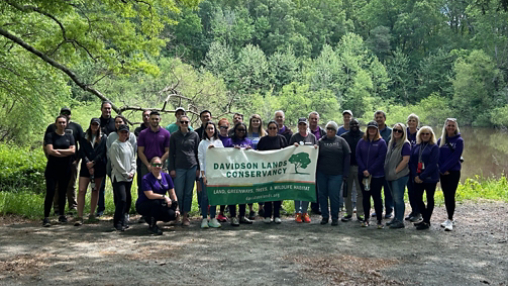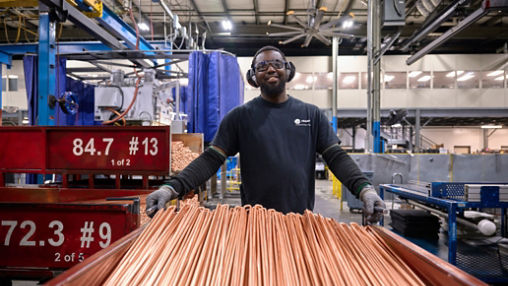As a self-labeled “intrapreneur,” I’m always looking to bring new opportunities and technologies into our enterprise. At Trane Technologies, our priorities for new innovative strategies are always twofold: to better meet our customers’ needs and to support our bold sustainability commitments.
Most of us have experience with climate control. Our heating and air conditioning systems monitor the indoor air temperature, and then heat or cool the home to meet our preferred, scheduled temperature. This system tries to maintain the homeowner's comfort while balancing energy costs. But temperature is only one part of the indoor climate. Humidity, for example, can have a significant impact on the way we experience our environment, especially as it impacts our sense of smell. And we know that air quality is highly important for our overall health. As climate control technology has gotten more sophisticated, our systems can now measure and respond to more indicators like humidity. By and large, these systems do a good job of making decisions based on the information that they have about what's going on in the home at that time. But advances in artificial intelligence (AI) will allow our climate control systems to work even smarter.
Artificial intelligence and the future of climate control
Intuitively, we know that what goes on outside of the house changes what happens inside the house. If it’s a bright, sunny day or a cold, rainy day, this is going to change how it feels inside. But other external air quality factors like cloud cover, ultraviolet radiation indexes, particulate matter and wildfire smoke also impact internal comfort and air quality. And at Trane Technologies, we have done a lot of work in understanding the correlation between these external air quality factors and internal comfort and air quality.
AI is very good at looking at a wide range of different data sources and types, enabling us to fully leverage many different sources of information, such as present conditions, historical patterns and future predictions. In the future, we may have a different way of interacting with our air conditioning and heating systems in order to explain our goals. Instead of having to program something into the system, we may be able to engage in a more conversational style, explaining how we feel or why we aren’t comfortable. And then the systems will be able to self-program to meet our goals, even if they aren’t explained in engineering terms or rigid formats.





















